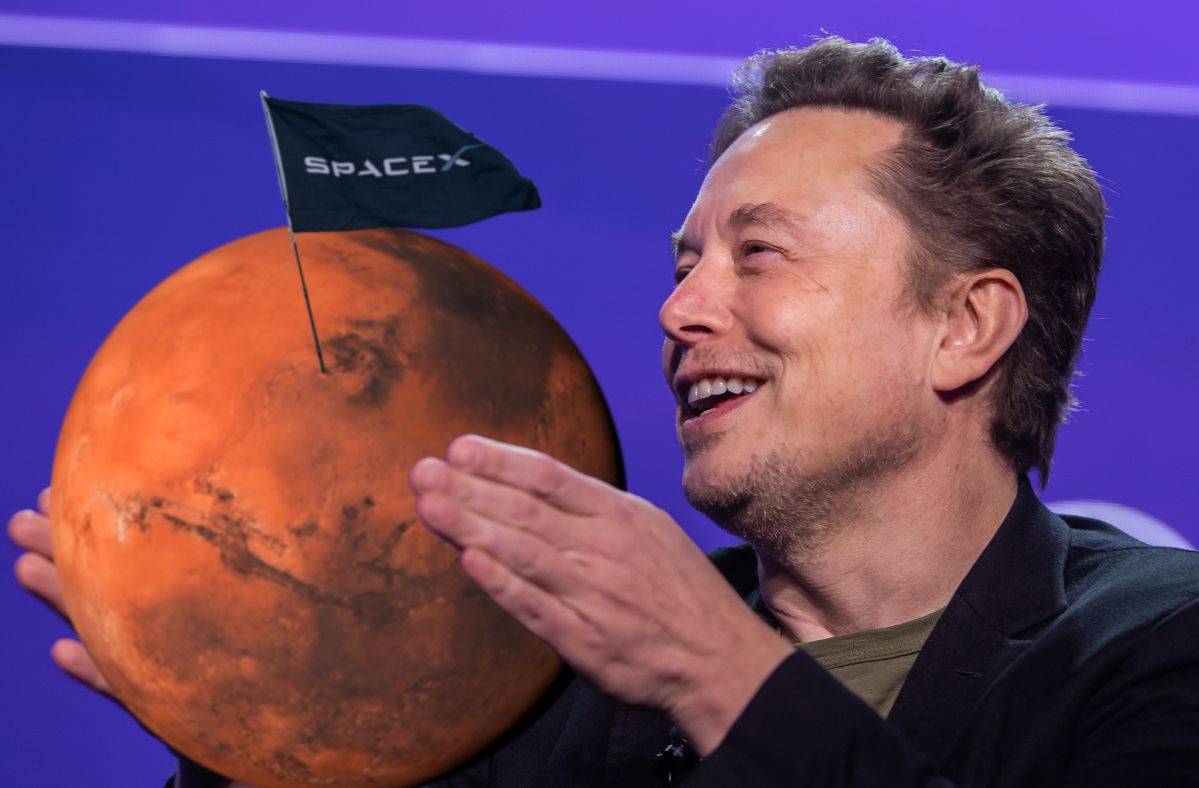Building a new world on Mars is now possible: Elon Musk after Starship surpasses capability of NASA’s Saturn V Moon rocket.
In a significant milestone for space exploration, Elon Musk recently announced that building a sustainable human colony on Mars is now closer to reality.
His statement came after SpaceX's Starship rocket, designed for Mars and lunar missions, surpassed the capability of NASA’s legendary Saturn V Moon rocket, which had set records for payload capacity and power. Musk, known for his bold vision of making humanity a "multi-planetary species," pointed to the achievement as proof that a new era of space colonization could soon be within reach.
The Starship rocket system, consisting of the Super Heavy booster and the Starship spacecraft, represents a leap forward in rocket technology. Standing nearly 400 feet tall and boasting a massive payload capacity, Starship is designed to transport up to 150 tons to low Earth orbit (LEO) in a fully reusable configuration. This marks a stark improvement over NASA’s Saturn V, which took astronauts to the Moon during the Apollo program. Saturn V, while groundbreaking, could deliver about 140 tons to LEO but was a single-use system, making each launch incredibly costly and resource-intensive.
SpaceX’s focus on reusability is one of the core innovations that could make a Mars colony possible. Unlike the Saturn V, Starship is designed to be refueled in space, allowing it to carry even larger payloads across the vast distances to Mars. Refueling is critical for making Mars missions sustainable and affordable. This reusability translates to significant cost reductions, bringing down the price per launch to a fraction of what was needed for Saturn V, which is essential for the high-frequency flights that a Mars colony would require.
Musk has emphasized that for Mars colonization to be viable, thousands of rockets and regular trips will be necessary to transport people, building materials, and equipment. Starship’s massive cargo capacity means it can carry not only human passengers but also a variety of supplies: from solar panels and habitats to research equipment and rovers. According to Musk, the ultimate goal is to create a self-sustaining city on Mars, capable of producing its own resources, including water, food, and fuel. Starship’s reusability aligns with this goal, as it ensures that rockets could be sent back to Earth to bring new colonists or additional supplies as needed.
This milestone has inspired both excitement and skepticism within the scientific community. Proponents argue that Starship's capabilities could open the door for breakthroughs in planetary research, new economic opportunities in space mining, and perhaps most importantly, a chance for humanity to establish a backup in case of catastrophic events on Earth.
Detractors, however, point to the significant challenges that remain, from Mars's harsh environment to the psychological toll on astronauts who might spend years in isolation. They also question the ethics of potential contamination of Mars with Earth-based organisms.
Musk’s announcement and the success of Starship signal a turning point in the feasibility of interplanetary travel. By proving that reusable, heavy-lift rockets can surpass the performance of even Saturn V, SpaceX has reignited the dream of space colonization. As Starship continues its test flights, each success will likely bring humanity one step closer to making Mars a new home. If Musk’s vision is realized, the first Martian city may begin construction within our lifetime—a bold leap into the unknown, driven by the spirit of exploration that has defined human progress for centuries.


